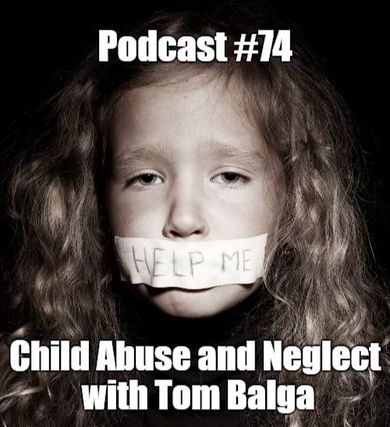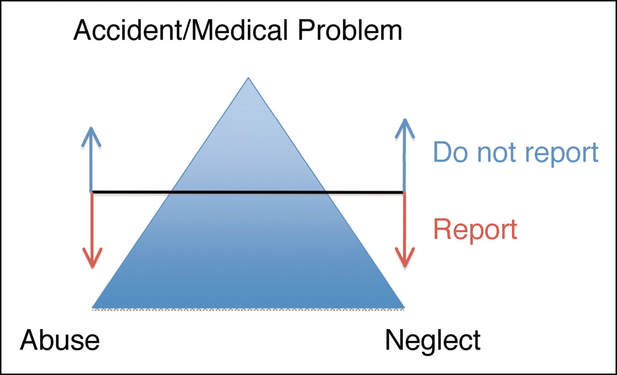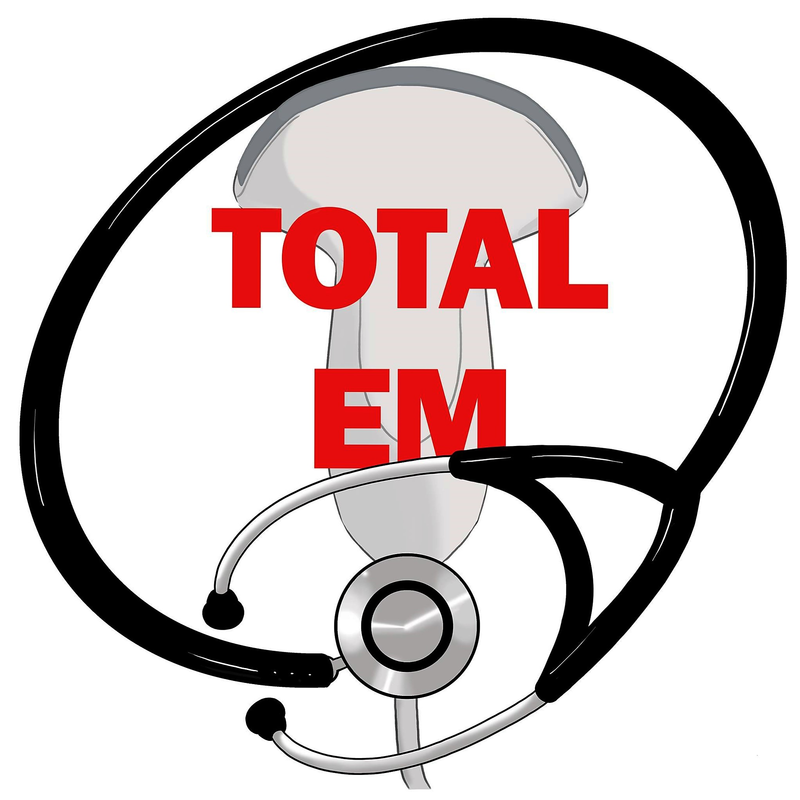|
We are joined by a specialist in child abuse and neglect, Tom Balga, who is a fellow EMPA. Child abuse and neglect is not a fun subject, but it is very important as we can truly change lives. In this blog and podcast we cover some of the essentials that can be easily carried over to your next shift.
It is extremely important that our first and second points are to know your laws (local, state, and national) but to also know that you need to report based on suspicion. As the provider, you do not need definitive proof. The most important part is to report suspicion. Most likely, your suspicion is based on something but you are not the one required to provide all the evidence.
A solid history and physical will provide much of the needed information. The history should be open-ended with avoidance of leading questions. Try to have it told like a story. On the physical exam, it needs to be thorough. This is especially important for detection of other injuries. The skin exam can be especially telling in many patients. We want to look for sentinel injuries (mild appearing but concerning based on location or age). In one particular study comparing accidental to abuse bruising, characteristics predictive of abuse were bruising on the torso, ear, or neck for a child ≤4 years of age and bruising in any region for an infant <4 months of age. A method taught based on this is TEN-4 to stand for torso, ear, or neck in children less than four years of age. The history can reveal multiple factors. Maybe this is an injury that does not match the story. For example the fracture may not appear concerning but when comparing to the history given it does not make sense for what has been described. The history can be very beneficial to find for particular risk factors are identification of "red flags" more concerning for abuse or neglect. Keep in mind that misinformation happens and sometimes there are lies. These lies are not always meant to be to cover up an event but simply out of error or for concern. It is important to closely monitor and understand when this happens to try and further clarify suspicion for abuse or neglect. There are a number of pyschosocial risk factors for fatal and near-fatal child abuse. There are different studies reflecting key points, but one paper reviews 10 fatal cases of child abuse along with 10 near-fatal cases of abuse. It is well worth the read to better identify and is currently free for review. One nice review paper to read on managing child abuse includes one of Tom Balga's key points, Leventhal's Triangle. This concept, as discussed in the paper, is about reporting based on suspicion and the triangle as a way to help evaluate the concern for abuse or neglect. This is something probably naturally done by many of us when examining a patient, but this is a nice description.
It was mentioned in the podcast but worth stating here too, especially since Tom Balga discussed this further off air. There are two very different theories about reporting abuse or neglect. Some, such as Tom Balga, would say to notify the family in advance about reporting and that information may not always be protected. However, it is worth noting that most of the time the reporting is confidential and even protected by law. Furthermore, notifying that you plan on reporting them can be counter-productive since this could lead to inadvertent hiding or destruction of evidence. When talking off air, Tom Balga plans on talking about this further with his colleagues to see their thoughts. Hopefully, we can have further discussion of this issue in the future.
There is obviously much to discuss on child abuse and neglect. We plan to have further discussion in the future. Some ideas include how to interview children and parents in more detail. However, there are plenty of resources online and some examples are St. Emlyn's, CanadiEM, and FOAM EM. Let us know what you think by giving us feedback here in the comments section or contacting us on Twitter or Facebook. Remember to look us up on Libsyn and on iTunes. If you have any questions you can also comment below, email at [email protected], or send a message from the page. We hope to talk to everyone again soon. Until then, continue to provide total care everywhere.
0 Comments
Leave a Reply. |
Libsyn and iTunesWe are now on Libsyn and iTunes for your listening pleasure! Archives
August 2022
Categories |
||||||



 RSS Feed
RSS Feed